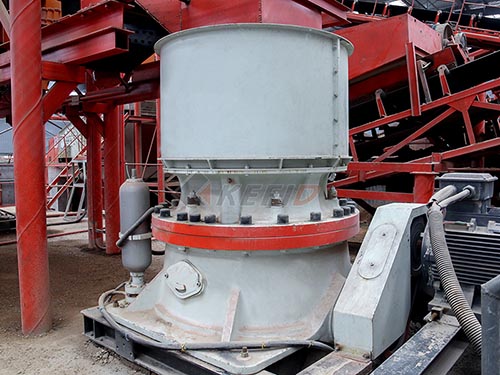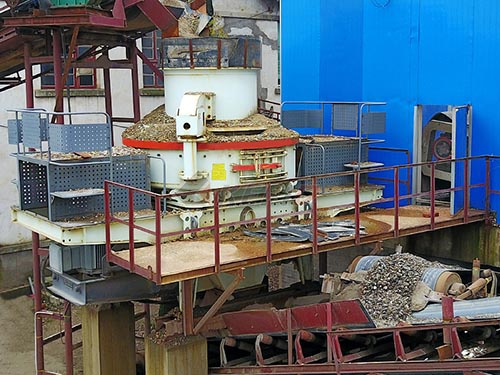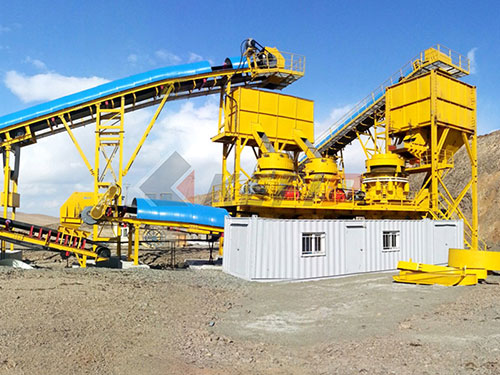The Enduring Legacy of Allis-Chalmers Crushers: Shaping the Foundations of Modern Aggregate Processing
The thunderous roar of rock meeting steel, the rhythmic pulse of massive machinery reducing mountains to manageable fragments – this was the symphony conducted by Allis-Chalmers crushers for much of the 20th century. More than just machines, Allis-Chalmers crushers represented an era of robust American engineering and innovation that fundamentally shaped the mining and aggregate industries. Their legacy endures not only in the physical infrastructure built with their processed materials but also in the design principles still evident in modern crushing technology.
From Steam Engines to Stone Giants: The Allis-Chalmers Pedigree
To understand the significance of Allis-Chalmers crushers, one must appreciate the company’s deep roots in heavy industry. Founded in Milwaukee, Wisconsin, tracing its lineage back to 1847 with Charles Decker & Edward P. Allis’s Reliance Works and later E.P. Allis & Co., the entity truly known as Allis-Chalmers emerged through mergers in 1901 (Fraser & Chalmers Company and Gates Iron Works) and finally incorporated the Monarch Tractors line in 1914 (forming Allis-Chalmers Manufacturing Company). This consolidation brought together formidable expertise in steam engines, pumps, mining machinery (especially from Gates Iron Works), and emerging electrical technologies.
Gates Iron Works was particularly crucial to the crusher story. Founded by William Donaldson Gates in Chicago during the late 1860s/early 1870s, Gates became renowned for its superior rock crushing machinery – jaw crushers and gyratory crushers – designed for hard service in mines and quarries across North America and beyond. When Gates merged into Allis-Chalmers in 1910 (predating the full A-C name), it transferred not just blueprints but generations of practical knowledge about comminution – the science of breaking rock.
The Workhorses: Crusher Types and Their Evolution

Allis-Chalmers became synonymous with several primary types of crushing equipment:

1. Gyratory Crushers: The Primary Powerhouses
Superior McCully: Perhaps one of A-C’s most iconic lines inherited directly from Gates Iron Works was the McCully gyratory crusher (later marketed as Superior McCully). These massive machines were designed for primary crushing – taking run-of-mine ore or blasted quarry rock directly from haul trucks or shovels and reducing

Leave a Reply